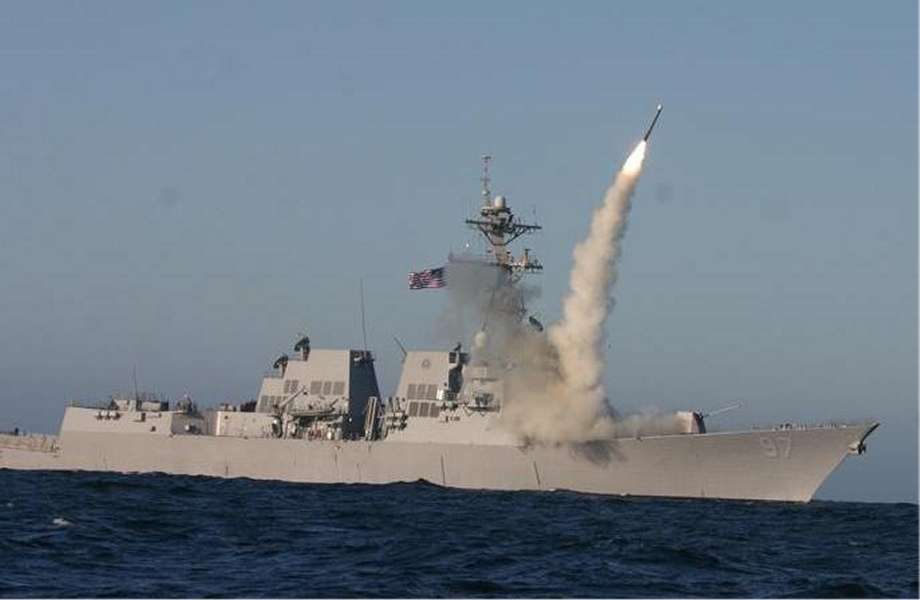Breaking news
Japan announces plans to acquire Tomahawk cruise missiles by 2025.
According to information published by Kyodo News on October 5, 2023, Japan has announced plans to procure Tomahawk cruise missiles from the United States in fiscal 2025, a year ahead of its initial schedule.
Follow Navy Recognition on Google News at this link
 Arleigh Burke-class destroyer USS Halsey. (Picture source: Dvids)
Arleigh Burke-class destroyer USS Halsey. (Picture source: Dvids)
Japan's decision to acquire Tomahawk cruise missiles from the United States is a reflection of the nation's intent to fortify its defense mechanisms in light of the shifting geopolitical dynamics in the Asia-Pacific region.
The urgency of this acquisition has been underscored by Japan's move to expedite the purchase to 2025, a year ahead of its initial plan. This urgency is not unfounded; the security landscape around Japan has been witnessing significant changes.
The Tomahawk missile system, with its proven track record, offers Japan a formidable long-range precision strike capability. The Block IV version, for instance, boasts a range of approximately 1,000 miles (1,600 kilometers) and is equipped with a two-way satellite data-link that allows the missile to switch targets while in-flight or receive updates.
This "loitering" capability means the missile can hover over a potential target area for hours, waiting for a more opportune moment to strike, or even be redirected to a completely new target. This flexibility is invaluable in dynamic conflict scenarios.
The more advanced Tomahawk Block V variant further augments these capabilities. It incorporates a modernized radio suite, updated navigation systems, and enhanced targeting capabilities.
One of its notable features is the Maritime Strike Tomahawk (MST), which allows the missile to target moving naval vessels, making it a potent tool in naval warfare.
Beyond North Korea's persistent nuclear ambitions, China's rapid military modernization and its increasing assertiveness in the region, especially in the South China Sea, have been significant factors in Japan's defense calculus.
The U.S., recognizing the strategic importance of the region, has been realigning its defense posture. Washington's defense strategies have increasingly emphasized the Indo-Pacific, with China being identified as a primary strategic competitor.
In this context, Japan's acquisition of the Tomahawk system is not merely about adding to its arsenal but about having a credible deterrent that can be a game-changer in potential conflict scenarios.
Japan's defense doctrine has been evolving. The nation has been keen on developing or acquiring anti-access/area-denial (A2/AD) capabilities. The Tomahawk, with its long-range and precision strike capabilities, fits perfectly into this A2/AD framework. It can be launched from various platforms, including ships, submarines, and ground-based launchers, offering Japan a multi-domain operational flexibility.
This acquisition sends a robust message. It underscores Japan's commitment to defending its territorial integrity and its readiness to invest in advanced military hardware to achieve this.



















